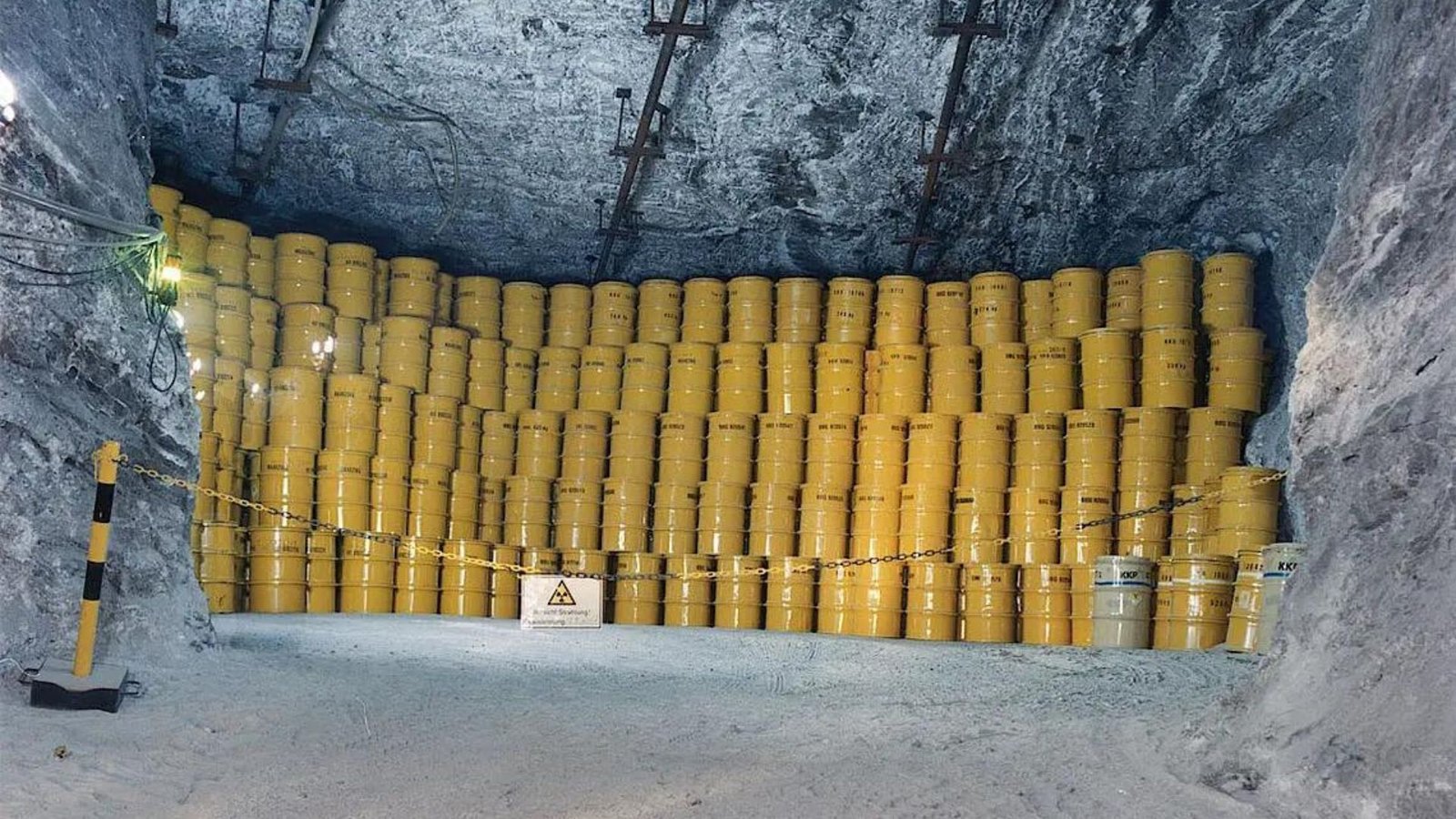Safe disposal of radioactive waste is essential for protecting public health and the environment. With advancements in technology and a better understanding of safety protocols, we can implement best practices for Safe Disposal that minimize risks. In this blog post, we will discuss the most effective strategies for the safe disposal of radioactive waste.

Understanding Radioactive Waste Types
Before we dive into disposal practices, it’s important to understand the types of radioactive waste. Waste generally falls into three categories:
- High-Level Waste (HLW): This includes spent nuclear fuel and other highly radioactive materials.
- Intermediate-Level Waste (ILW): This waste contains some radioactivity and requires shielding during handling.
- Low-Level Waste (LLW): This consists of items like contaminated clothing and tools, which have lower levels of radioactivity.
By categorizing waste appropriately, we can tailor disposal methods to ensure safety.
Secure Storage Before Disposal
One critical best practice is secure storage before disposal. Radioactive waste should be stored in designated facilities that meet safety standards. For example, high-level waste requires deep geological repositories that isolate it from the environment for thousands of years.
Regular inspections and monitoring of storage facilities are crucial. These measures help ensure containment and prevent leaks or radiation exposure.
Implementing Proven Disposal Methods
Choosing the right disposal method is vital. Here are some commonly accepted practices:
- Deep Geological Disposal: This method involves burying high-level waste deep underground in stable geological formations. This technique effectively isolates waste from human contact and the environment.
- Near-Surface Disposal: Low-level waste can often be disposed of in near-surface facilities. These sites are designed to contain waste safely while allowing for monitoring over time.
- Intermediate-Level Waste Disposal: This waste typically requires more robust containment. Facilities may use a combination of deep geological and near-surface methods, depending on the specific waste characteristics.
Monitoring and Maintenance
Once the waste is disposed of, ongoing monitoring and maintenance are essential. Facilities must regularly assess the integrity of disposal sites. Advanced monitoring systems can detect any changes in radiation levels, providing early warnings for potential issues.
Additionally, maintenance programs should be in place to address any concerns promptly. This proactive approach helps ensure long-term safety and public confidence.
Community Engagement and Transparency
Community engagement is a critical aspect of safe disposal practices. Involving residents in discussions about disposal plans fosters transparency and builds trust. Public meetings, informational sessions, and accessible resources can help keep communities informed.
Furthermore, regulatory agencies should provide clear guidelines and updates regarding safety measures. This open communication reassures the public that their health and safety are top priorities.
Emergency Preparedness
No disposal method is without risk, so emergency preparedness is vital. Facilities must have robust emergency response plans in place. These plans should outline procedures for potential accidents or leaks, ensuring swift and effective action.
Regular training drills for staff and local emergency responders can improve readiness. By preparing for various scenarios, we can mitigate risks and protect public health.
Continuous Improvement and Research
Finally, the landscape of radioactive waste disposal is always evolving. Continuous research and development of new technologies and methods can enhance safety and efficiency.
Investing in research allows us to discover better ways to manage and dispose of radioactive materials. By staying updated on the latest advancements, we can improve our practices and outcomes.
Conclusion: Commitment to Safety
In conclusion, implementing best practices for the safe disposal of radioactive waste is crucial for protecting both public health and the environment. By understanding waste types, ensuring secure storage, and choosing proven disposal methods, we can minimize risks effectively.
Engaging communities and maintaining transparency further enhance safety. Moreover, by prioritizing continuous improvement and emergency preparedness, we can create a safer future. Let’s commit to responsible radioactive waste disposal to protect our communities and our planet.




